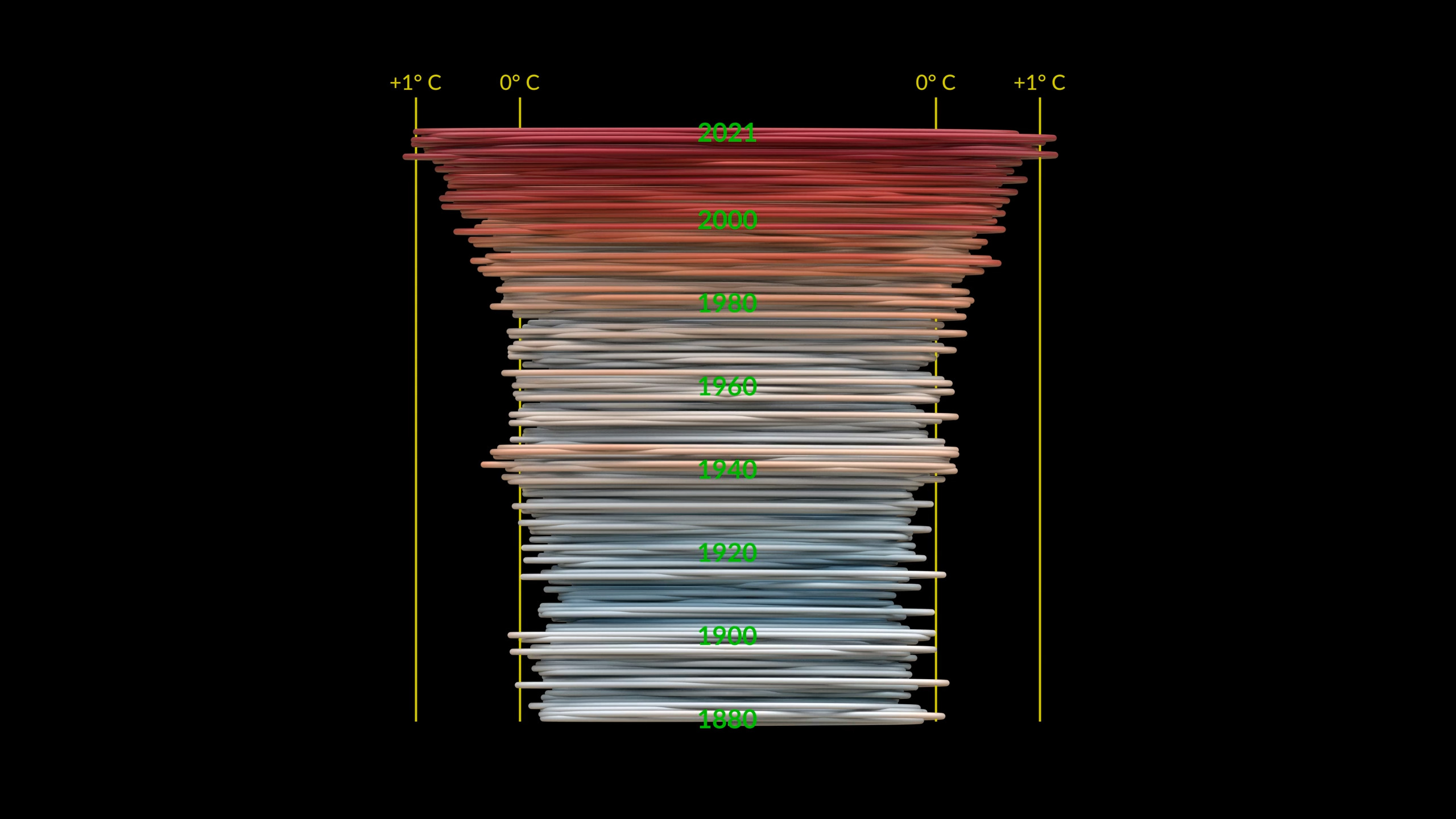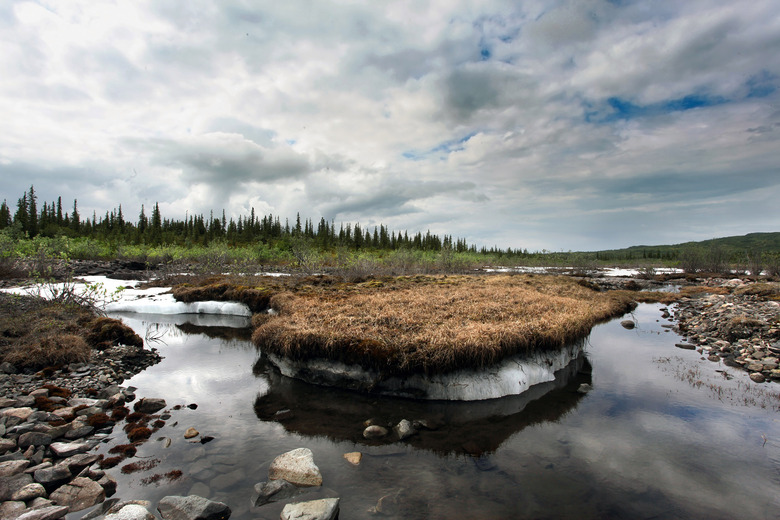Thawing Permafrost Could Expedite Rising Global Temperatures, New Study Warns
Millions of cubic meters of methane are trapped beneath Svalbard's permafrost, and researchers have recently learned that it can migrate through the cold seal of the permafrost and escape into the atmosphere. This news raises concerns that thawing permafrost could increase methane emissions, further driving up global temperatures.
Further, scientists believe that methane deposits of similar size may be found in other places, like the Arctic region, where permafrost is very similar to that found in Svalbard. And because methane is such a potent greenhouse gas, scientists have immense concerns over how it might increase global temperatures if it were ever to be released.
The problem here, of course, is twofold. While thawing permafrost is a concern on its own, the real kicker here is that when permafrost thaws, it releases gases that have been stored and locked away for years. That only adds to the current emissions, though, and helps increase temperatures more.

From there, more permafrost thaws, thereby making the situation worse and worse in a large chain reaction. What is really concerning about the methane locked under Svalbard's permafrost is that the permafrost found throughout this region is not uniform.
Some places are colder than others, while the permafrost found to the west of Svalbard is often thinner, making it more likely to thaw completely due to ocean currents. If all of that permafrost were to thin out and eventually melt, it could raise global temperatures even more, causing other permafrost in the area to thaw, too, releasing the methane trapped within.
Understanding just how likely permafrost is to thaw will hopefully allow us to look for ways to mitigate the ongoing rising temperatures our planet is seeing. Without any additional work in that regard, it's likely we'll eventually see all of the permafrost on the planet thinning and thawing, releasing whatever gases or ancient creatures that might be trapped in the frost.
